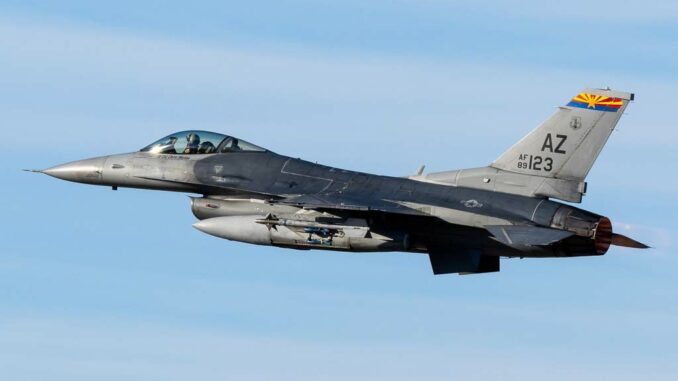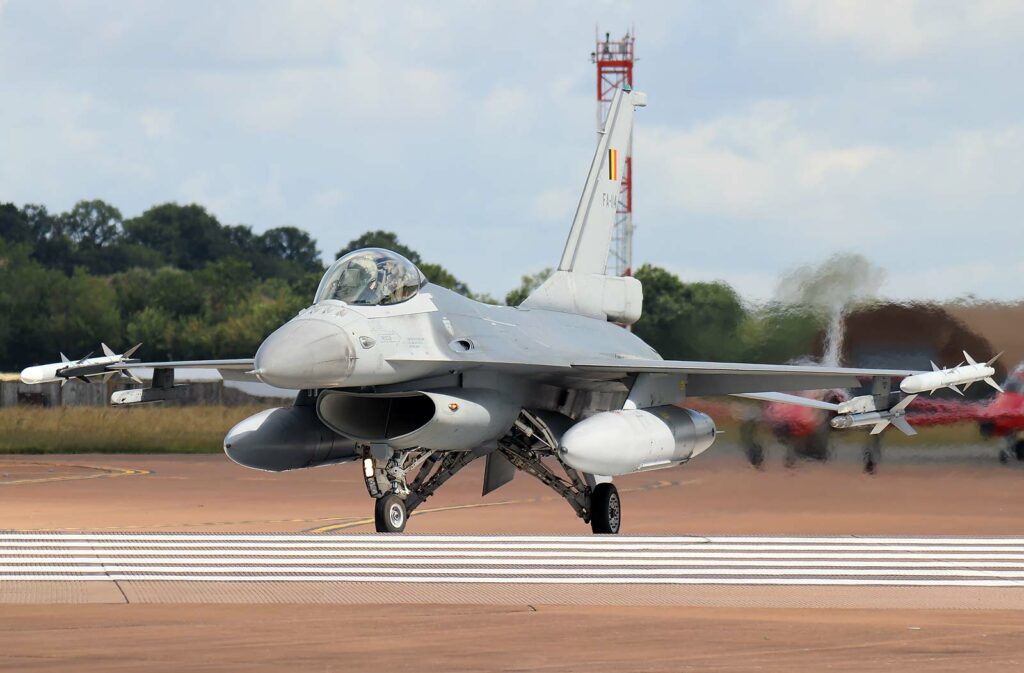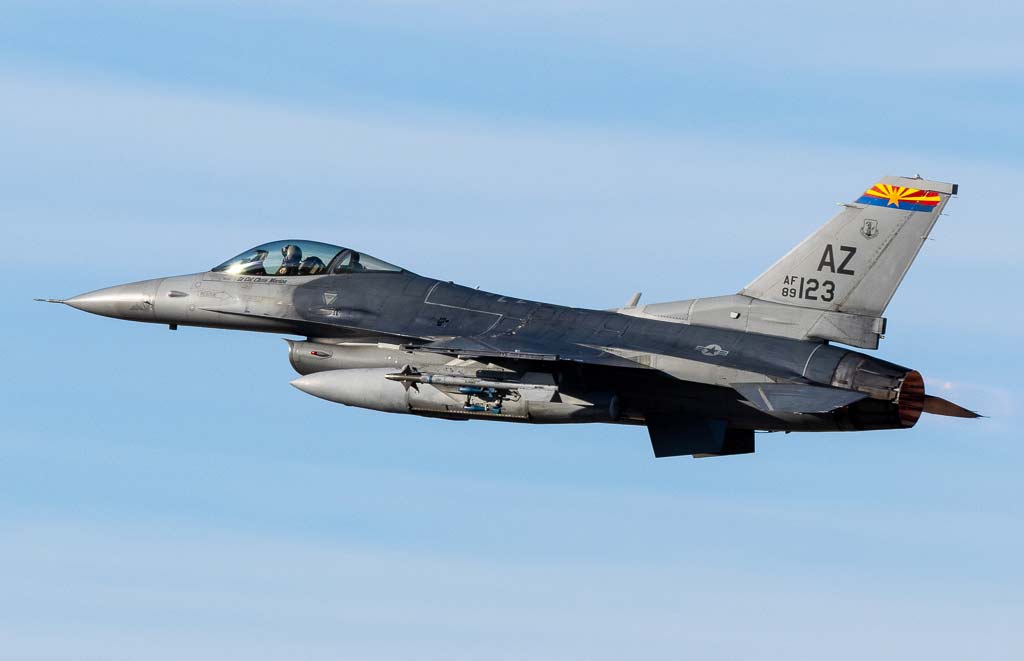
The US military plans to deploy AI-controlled F-16 fighter jets as early as 2028, marking a turning point in air defense.
Technological advances are constantly redefining standards in various fields, including military defense. The integration of artificial intelligence (AI) into fighter jets represents a significant breakthrough, illustrated recently by the US military’s announcement that it will equip F16 jets with AI-controlled systems. This development promises to radically transform air combat and defense strategies.

AI development in F-16s
The US Army, in collaboration with AI developers, has equipped an F-16 with an autonomous piloting system. In its first demonstration in September 2023 at Edwards Air Force Base, California, the AI aircraft performed combat maneuvers against a human pilot, demonstrating an ability to learn and react in real time. The system uses data accumulated during simulations to improve its algorithms, a process known as machine learning. This technology has already outperformed some experienced pilots in combat simulations.
Benefits of AI in air defense
Automating F-16 piloting with AI offers several advantages. Firstly, cost reduction: by eliminating the need for a manned cockpit, aircraft construction and maintenance costs can be significantly reduced. Secondly, improved operational performance: AI-powered aircraft can make decisions faster than humans, and perform maneuvers that would be physically impossible for human pilots. Thirdly, this technology enables greater flexibility in combat missions, where aircraft can be deployed in high-risk environments without endangering pilots’ lives.
Risks and implications of AI autonomy
Despite the benefits, the use of AI in military operations raises important ethical and safety issues. The risk of AI making independent decisions about the use of weapons is a major concern. According to Air Force Secretary Frank Kendall, although AI is capable of operating autonomously, human oversight will always be present when weapons are used. In addition, humanitarian organizations such as the Red Cross are voicing concerns about the moral implications of combat automation.

The US military’s initiative to develop a fleet of over 1,000 AI-controlled F-16 fighter jets by 2028 is a clear indicator of the future evolution of aerial warfare. This transition to less expensive and potentially more efficient aircraft could redefine global military strategies. However, the ethical risk management and safety of AI-controlled operations remain major challenges. Constant human supervision and strict regulation will be essential to integrate this technology responsibly into the military framework.
War Wings Daily is an independant magazine.